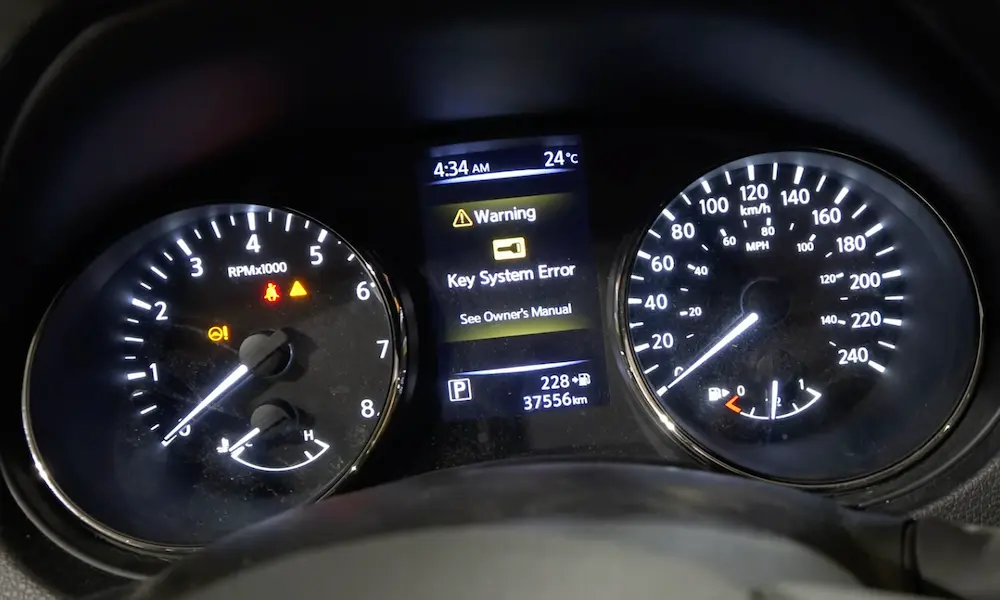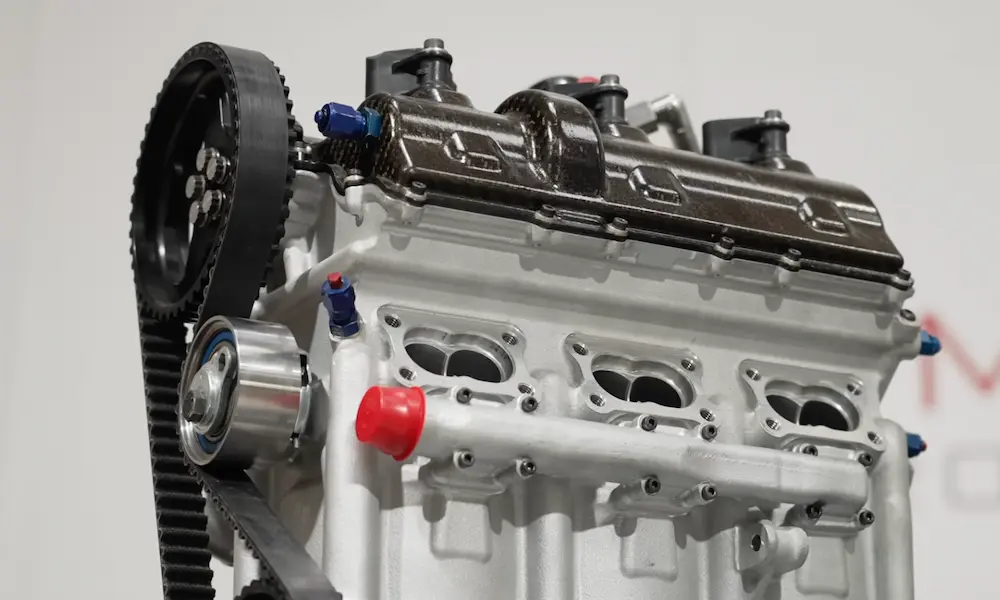Looking to change a tire on your Nissan Rogue but can’t find the jack? You’re about to discover exactly where it’s hiding and how to access it properly. This guide will walk you through everything you need to know about your Nissan Rogue jack location, with specific details for different model years.
Where Is the Jack Located in a Nissan Rogue?
The jack in your Nissan Rogue is tucked away in the cargo area, specifically in a compartment on the driver’s side (left side) of the trunk. You’ll need to open this compartment to access your jack and other tire-changing tools.
Unlike some vehicles where the jack is stored with the spare tire, Nissan has designed a separate storage area for the jack tools to maximize cargo space efficiency. This makes sense for the Rogue’s compact SUV design but can be confusing if you’re searching for everything in one place.
How to Access Your Nissan Rogue Jack: Step-by-Step
Follow these simple steps to retrieve the jack from your Nissan Rogue:
- Open your liftgate and clear any cargo from the rear area
- Locate the left-side storage compartment (driver’s side)
- Press the release tabs to open the compartment door
- Inside, you’ll find the scissor jack mounted vertically
- Rotate the jack counterclockwise to loosen it from its bracket
- Remove the tool pouch containing the lug wrench and jack handle
This compartment is designed specifically to house your vehicle’s tire-changing equipment, keeping it secure during normal driving.
Accessing the Spare Tire in Your Nissan Rogue
While the jack has its own home, the spare tire requires a different access method:
- Remove the cargo cover or “Divide-N-Hide” system (if equipped)
- Lift the upper cargo floor panel
- The spare tire is located beneath this panel
- Loosen the wing nut or bolt that secures the spare tire
- Lift the spare tire out of its storage well
The spare tire is typically a temporary-use donut tire, not meant for long-distance driving or high speeds.
Model-Year Variations in Nissan Rogue Jack Location
2017-2020 Nissan Rogue Models
These model years feature the multi-layered Divide-N-Hide cargo system. Here’s what you need to know:
- The jack is stored in a vertical position in the left-side compartment
- You’ll need to remove the two-tiered cargo floor to access the spare tire
- The jack handle and lug wrench are typically stored in a fabric pouch
- Release the jack by rotating its spindle counterclockwise
The Divide-N-Hide system adds complexity but offers good cargo organization when not accessing the spare tire.
2021-2024 Nissan Rogue Models
Newer Rogue models have a slightly simplified storage system:
- The spare tire is located under a single luggage board
- The jack remains in the left-side panel secured by clips
- If your Rogue has a factory subwoofer, you might need to temporarily move it to access the spare tire fully
- The tool pouch may have rubber retention straps to keep everything secure
These newer models maintain the same general location but with minor improvements to the access design.
Base Models vs. Higher Trims: Key Differences
The jack location remains consistent across trim levels, but there are some notable differences:
Base Models (S/SV Trims):
- May lack the full Divide-N-Hide system
- Might have a gap between the cargo floor and spare tire
- Could be missing foam spacers that higher trims use
Higher Trims (SL/Platinum):
- Full Divide-N-Hide cargo system installed
- Better integration between spare tire and cargo floor
- Additional foam spacers for a flat cargo floor appearance
If you bought your Rogue used, check that all components are present, as some previous owners may have removed or misplaced elements of the jack kit.
Proper Jacking Points for the Nissan Rogue
Knowing where to place your jack is just as important as finding it. For the Nissan Rogue, use:
- The reinforced pinch welds along the vehicle’s sides
- These are the metal seams that run beneath the doors
- A pinch-weld adapter ($11 for a 2-pack) is highly recommended to prevent damage
Never place the jack under:
- Plastic body panels
- Suspension components
- Unreinforced sheet metal areas
The official Nissan owner’s manual indicates these jack points, though many owners find clearer guidance in online tutorials.
Common Problems When Finding the Nissan Rogue Jack
Issue: Jack Seems Stuck in Its Mount
If your jack won’t come out easily:
- Make sure you’re rotating the jack counterclockwise
- Look for any retention clips that need to be released first
- Check if the jack has shifted position from normal driving
Issue: Missing Jack Components
If you discover missing pieces:
- Check under the cargo floor for displaced items
- Look in the spare tire well where items sometimes migrate
- Ensure the rubber retention straps are still attached
Issue: Difficulty Removing the Cargo Floor
For stubborn cargo floors:
- Look for hidden tabs or latches that need to be released
- Gently lift from multiple angles to find the release point
- Check if the floor panel is caught on interior trim
Tips for Using Your Nissan Rogue Jack
When it’s time to use your jack, remember:
- Always park on level ground before attempting to lift your vehicle
- Engage the parking brake and block the wheels opposite to the flat tire
- Loosen the lug nuts before jacking up the vehicle (but don’t remove them yet)
- Use a pinch-weld adapter to prevent damage to your Rogue’s undercarriage
- Place jack stands under the frame after lifting for added safety during prolonged work
These simple precautions will make your tire change safer and protect your vehicle from damage.
Replacing the Jack and Tools Properly
After changing your tire, be sure to return everything properly:
- Clean any dirt or debris from the jack and tools
- Secure the jack in its mount by rotating it clockwise until tight
- Place the tools back in their pouch and secure with the retention straps
- Close the side compartment door until you hear the tabs click
- Return the spare tire to its well and tighten the wing nut/bolt
- Replace all cargo floor panels in their correct order
Proper storage ensures your equipment will be secure and ready for the next emergency.
Nissan Rogue Jack Specifications
For those interested in the technical details:
| Specification | Details |
|---|---|
| Jack Type | Scissor jack |
| Weight Capacity | 2,000 lbs (sufficient for corner lifting) |
| Extension Height | Approximately 15 inches |
| Storage Method | Vertical mount with turn-lock mechanism |
| Compatible Models | All Nissan Rogue years (2008-present) |
Alternative Jack Options for Your Nissan Rogue
While the factory jack works fine for emergency tire changes, some owners prefer alternatives:
| Jack Type | Pros | Cons |
|---|---|---|
| Hydraulic Floor Jack | Faster lifting, more stable | Heavy, takes up cargo space |
| Bottle Jack | Compact, higher lift capacity | Requires flat surface for stability |
| Electric Jack | Easy operation, no manual effort | Requires power source, more expensive |
The factory scissor jack is perfectly adequate for occasional use, but frequent tire changers might consider upgrading.
Understanding Your Nissan Rogue Spare Tire
Your Rogue’s spare tire deserves attention too:
- Most Rogues come with a temporary-use “donut” spare
- Maximum recommended speed with the spare installed is 50 mph
- Maximum driving distance should be limited to 50 miles
- Tire pressure for the spare should be checked regularly (usually 60 PSI)
Some owners replace the temporary spare with a full-size matching tire for peace of mind on longer trips.
Safety Precautions When Using Your Nissan Rogue Jack
Safety should always be your priority when changing a tire:
- Never get under a vehicle supported only by the jack
- Always use jack stands for extended work
- Ensure the jack is placed on solid, level ground
- Follow the recommended jacking points to prevent vehicle damage
- Keep children away from the vehicle during jacking
- Always fully tighten lug nuts in a star pattern after lowering the vehicle
Maintaining Your Nissan Rogue Jack and Tools
To ensure your jack is ready when you need it:
- Periodically inspect the jack for rust or damage
- Apply a light lubricant to moving parts annually
- Check that all components of the tool kit are present
- Ensure the jack handle and lug wrench are in good condition
- Tighten any loose mounting brackets in the storage compartment
A small amount of preventative maintenance can prevent frustration during an emergency.
Troubleshooting Nissan Rogue Jack Issues
If you encounter problems with your jack:
Jack Won’t Extend or Lift the Vehicle
- Check for rust on the threaded portion
- Ensure you’re turning in the correct direction
- Verify the jack is fully seated on a solid surface
Jack Feels Unstable During Use
- Confirm you’re using the proper jacking points
- Make sure the vehicle is on level ground
- Consider using a small piece of plywood under the jack on soft surfaces
Tools Missing from Storage
- Check all storage compartments thoroughly
- Look under seat cushions where items may have slid
- Nissan parts departments sell replacement tools if needed
Jack Location for Different Nissan Rogue Generations
First Generation (2008-2013)
- Jack located in left-side compartment of cargo area
- Simpler cargo floor design than later models
- Basic tool pouch with standard components
Second Generation (2014-2020)
- Introduction of the Divide-N-Hide system
- Jack remains in left-side compartment
- More secure mounting system for the jack
Third Generation (2021-Present)
- Redesigned cargo area with simplified access
- Jack location consistent with previous generations
- Improved retention system for tools
The consistent jack location across generations is helpful for Nissan owners who upgrade to newer models.
When to Replace Your Nissan Rogue Jack
Consider replacing your jack if:
- Visible rust affects the mechanical operation
- The lifting mechanism feels loose or imprecise
- Any cracks appear in the metal components
- The handle no longer fits securely in the jack
- You’ve upgraded to larger tires that exceed the jack’s capacity
Replacement jacks are available from Nissan dealerships or aftermarket suppliers.
Real Owner Experience with Nissan Rogue Jack Location
Many Rogue owners report initial confusion when searching for the jack. As one owner put it:
“I spent 20 minutes looking for the jack with my spare tire before realizing it was in a separate compartment! Once I found it, the process was straightforward, but Nissan could make this clearer in the manual.”
This experience highlights why knowing the jack location before an emergency is so important.
Additional Tire Change Equipment Worth Considering
Beyond the standard jack and tools, consider adding:
- A small flashlight stored with your jack tools
- Disposable gloves to keep hands clean
- A portable air compressor for tire inflation
- Reflective triangles for roadside visibility
- A tire pressure gauge for checking the spare
These simple additions can make a roadside tire change much more manageable, especially at night or in poor weather.
Now you’re fully equipped with the knowledge to find and properly use your Nissan Rogue jack. Remember that preparation and understanding your vehicle’s features will make any roadside emergency less stressful and more manageable.












